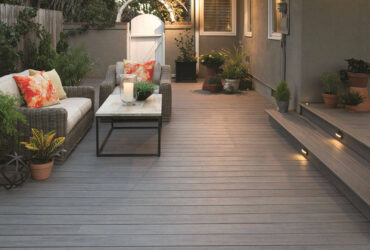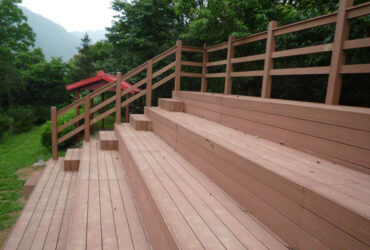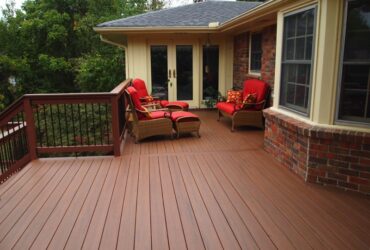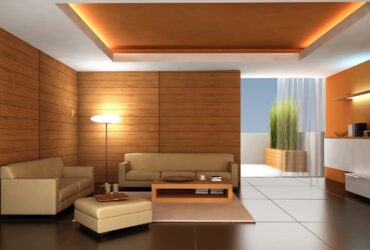Wood-plastic Composite Products Compete In The Building Materials Market
Wood-plastic composite profiles have most of the properties of wood and plastic (except special plastics), and can integrate the main properties of both, while also having their own unique functions.After all, wood-plastic composite material is a relatively new composite material based on high-density polyethylene and wood fiber, and the organic combination of various wood-cellulose fiber materials and plastics,WPC not only has the high strength and high elasticity of wood cellulose fiber materials, but also has the advantages of high toughness and fatigue resistance of plastics.It is a new type of wood substitute material that is both similar to wood and better than wood.Since wood and plastic retain their respective characteristics during the composite process and the final product, and also interact synergistically with each other, wood-plastic composite materials have certain characteristics of plastic and wood and derive their own irreplaceable advantages:

(1) Good processing performance. Wood-plastic composites contain plastics and fibers, so they have processing properties similar to wood. They can be sawed, nailed, and planed with woodworking tools, and their nail-holding power is significantly better than other synthetic materials. Mechanical properties are better than wood materials. The nail-holding force is generally 3 times that of wood and 5 times that of particleboard.
(2) Good strength properties. Wood-plastic composite materials contain plastic and therefore have a better elastic modulus.In addition, because it contains fibers and is fully mixed with plastic, it has physical and mechanical properties equivalent to hardwood such as compression and bending resistance.Moreover, its surface hardness is high and its density is high, generally 2 to 4 times that of wood, and its durability is obviously better than ordinary wood materials.
(3) It has water resistance, corrosion resistance and long service life. Compared with wood, wood-plastic materials and their products are resistant to cracks, strong acid and alkali, water and corrosion, and do not breed bacteria, are not easy to be eaten by moths, do not grow fungi, and have a long service life, which can reach more than 50 years. In addition, the composite material is biodegradable like wood.
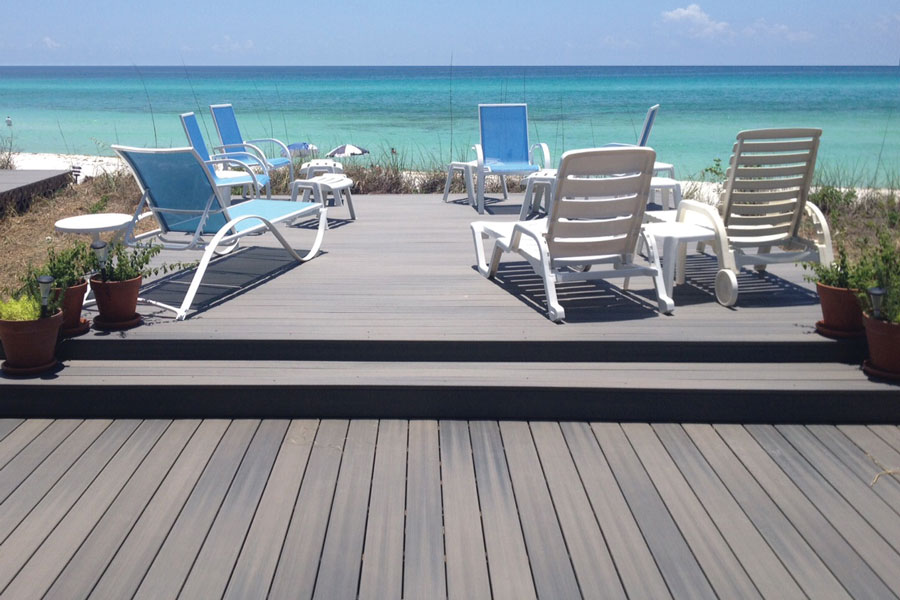
(4) Excellent adjustable performance. Through additives, plastics can be polymerized, foamed, cured, modified, etc., thereby changing the density, strength and other characteristics of wood-plastic materials, and can also meet special requirements such as anti-aging, anti-static, and flame retardant. In addition, it has UV light stability and good colorability.
(5) Compared with inorganic fillers, the density of wood is lower, and the modified and reinforced wood has great potential in improving tensile strength and flexural modulus.Using wood as a filler can improve the heat resistance and strength of plastics, and the price of wood is cheap, and the production cost can be effectively controlled.
(6) Wood-plastic composite materials have high raw material conversion rate and self-recycling rate. They can be 100% recycled and regenerated, easily recyclable, and turn waste into treasure. Because it can be decomposed and does not cause "white pollution", it is a truly green and environmentally friendly product.
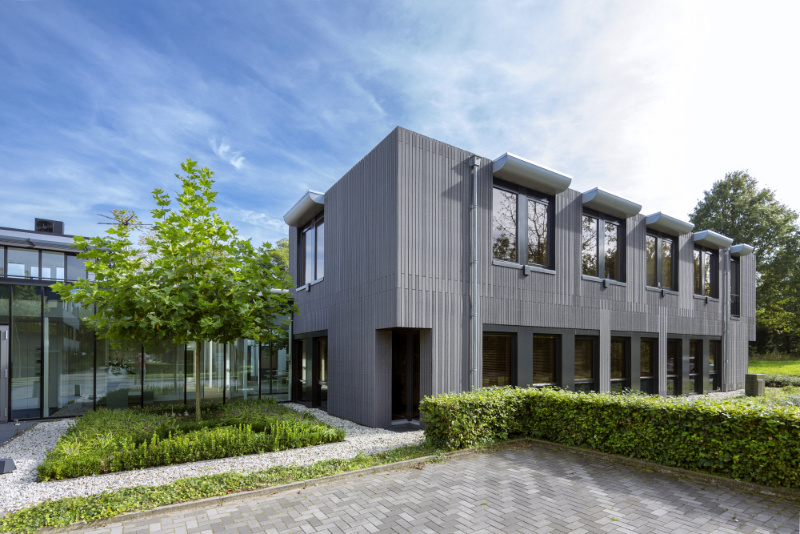
(7) The raw materials of wood-plastic composite materials come from a wide range of sources. The plastic raw materials for producing wood-plastic composite materials are mainly high-density polyethylene or polypropylene. The wood fiber can be wood powder, rice bran or wood fiber. The supply of raw materials is relatively easy.
(8) Wood-plastic composite can be easily processed into many complex-shaped products such as boards through extrusion or molding. It can be made into any shape and size as needed, and can be processed or connected like wood.
(9) Wood-plastic composite materials have low water and moisture absorption properties and do not require protective waterproof coating. At the same time, the materials can be dyed or painted as needed.
(10) For the composite material with the same volume, the composite material with wood as filler is more tough and has less wear and tear on equipment.
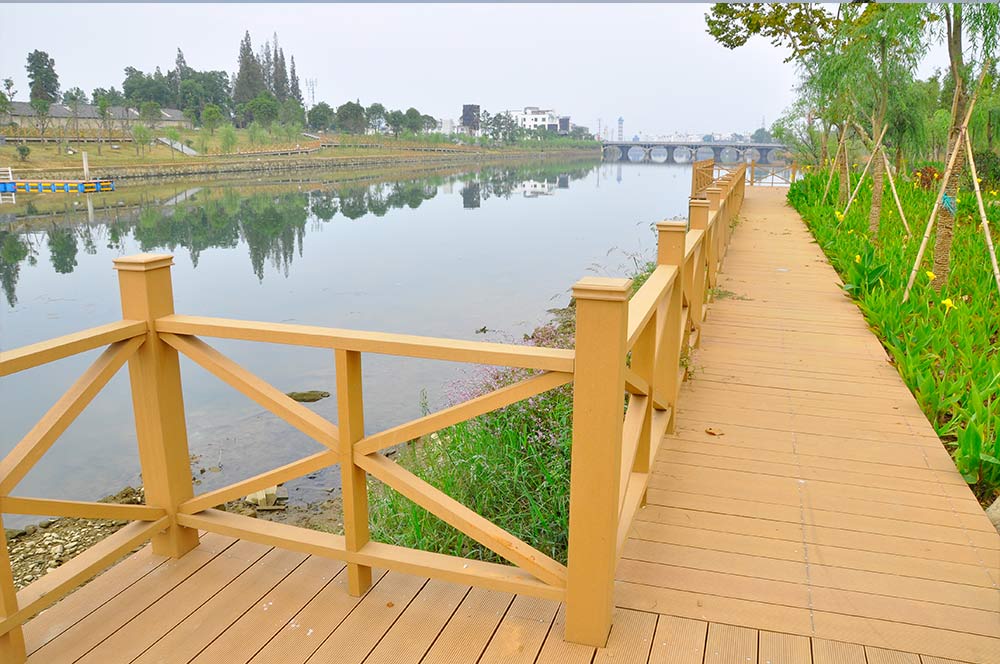
It can be seen that wood-plastic composite products can completely replace wood products and plastic products in terms of quality and use, and there are many superior properties that are unmatched by wood products and plastic products.The most important thing is that the use of wood-plastic composite profiles can save energy to a large extent, reduce the loss of non-renewable resources, and maintain the balance of the natural ecology. Therefore, the market prospects of wood-plastic composite materials are worth looking forward to in the industry.

